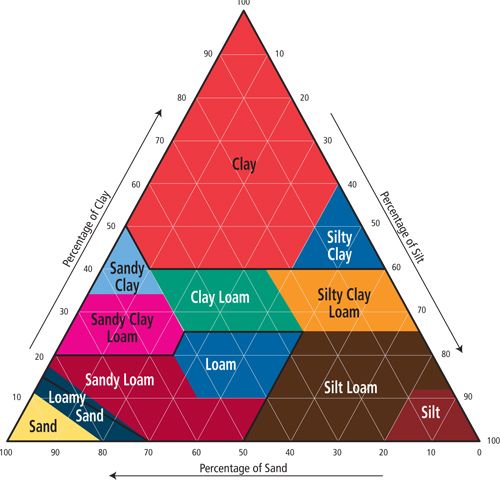
There are many advantages to knowing you soil type. Knowing your dam or pond’s soil type will allow you to better treat a leak with Water$ave Dam Sealer. It can also assist in planting, knowing if the soil will hold water & nutrients or if Water$ave Plantation should be added to improve the soil quality.
Jar Test
The Jar test will help identify the soil’s profile, which can allow you to get the most out of your soil. Should you have soil not suited your needs our polymers may be able to help. Contact Us now to find out how.
- All you need is a clear glass jar with a lid & a sample of your soil.
- Add your sample to the jar, filling it halfway
- Fill the remainder with water, leaving a small gap of air
- Place lid on & shake. Keep shaking until any clumps in your sample have been broken up
- Set jar down & leave undisturbed for at least 24 hours (longer if possible for more accurate results)
Your soil sample will have settled to reveal the different layers of soil types. Sand will be the bottom layer as it has the heaviest particles, followed by silt, then clay. The soil texture triangle above will help you determine what is your soil type.
Clay soils are often rich in nutrients & hold water well. They are often prone to compaction & waterlogging making clay great to build a dam or pond. Our Water$ave Dam Sealers can assist with ensuring your dam/pond does not leak.
Sandy soils can often be acidic, meaning acid loving plants can thrive. Sandy soils will drain well & hold little to no water. Our Water$ave Plantation can improve the soil quality & it’s ability to hold water.
Slit is made of particles that are smaller than sand but larger than clay. Slit is not often found in large amounts in gardening.
Loam will consist of an even balance of clay, sand & slit. It is considered the ideal soil type when planting as it holds moisture but also will drain well.



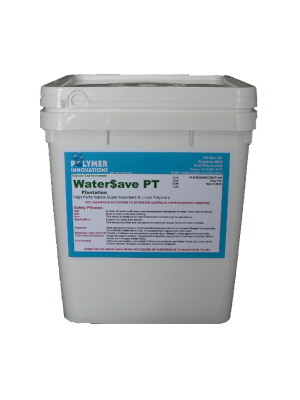
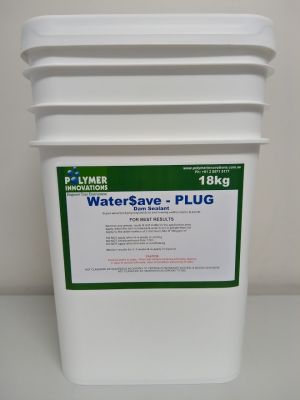
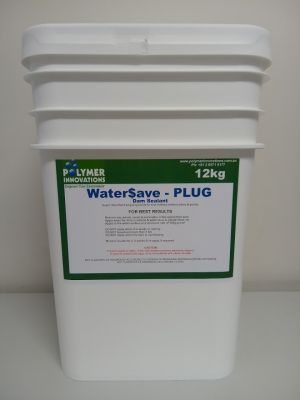
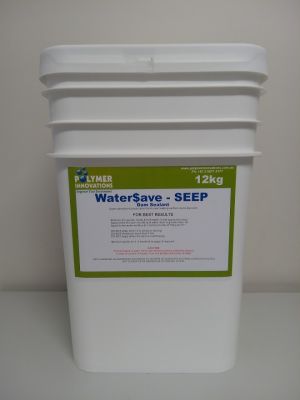
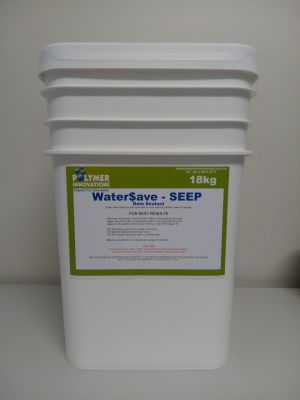
Comments